Computers have transformed remarkably from bulky CRT (Cathode Ray Tube) systems to sleek and powerful LED (Light Emitting Diode) devices. This transformation has extended to video transmission, shifting from cumbersome analog interfaces to versatile, standardized digital ports. Organizations like HDMI Licensing Administrator (HDMI LA), Digital Display Working Group (DDWG), and Video Electronics Standards Association (VESA) have played a pivotal role in ensuring compatibility and interoperability among these video transmission interfaces.
The ongoing pursuit of a high-bandwidth, low-latency protocol has led to the development of successively more advanced video transmission standards, each backward compatible with its predecessors and packed with new features. This article delves into the fascinating evolution of video transmission ports, tracing their journey from early analog standards to the sophisticated digital interfaces that power modern displays. Along the way, we'll explore the contributions of organizations like HDMI LA, DDWG, and VESA in shaping the landscape of video connectivity.
Table of content
A Brief History Of Video Cables
The history of video cables dates back to the 1950s when NTSC and PAL were the standard for video transmission. Overland microwave transmission was the common mode for TV signals, and solid copper co-axial cable were the peak of technological advancement. Let's drive down the memory lane of video cable developments spanning over years and decades:
1954 - Coaxial Cables: It was a big year for the TV industry. RCA's CT-100 colored television became commercially available for consumers. They used co-axial cables as a convenient available mode for video transmission.
1956 - Composite RCA: An advanced form of coaxial cables with standardized RCA connectors became available for consumers. The RCA connector was a giant leap in technology as It lasted for decades and remains an integral part of modern TVs.
1979 - S-Video: It was another analog transmission system that used a 5-pin 180-degree DIN connector. The Atari 800 was the first to use this type of cable. It later evolved into a four-pin mini-DIN connector.
1981 - D-Subminiature: IBM PCs and graphic cards adopted the DE-9 (D-Subminiature port). It resembles the VGA ports but has lower bandwidth and a 5-9 pin layout.
1987 - VGA: It is the most popular interface that lasted decades and is still widely utilized by graphics cards and motherboard-integrated graphic chips. It is an enhanced iteration of the D-Sub connector for the IBM x86 machines. The connector then evolved into SVGA (Super Video Graphics Array).
Later, the formation of VESA (Video Electronics Standards Association) in July 1989 led to developing and standardizing video display interfaces. VESA promoted and enhanced the capabilities of the VGA connector.
1990 - Component Video: Instead of combining audio and video signals transmitting through a solo RCA connector, the component video divides them. Audio and video signals travel through individual RCA connectors for lower interference and better picture quality.

1999 - DVI: Digital Visual Interface, as the name suggests, was the first digital video transmission technology. Digital Display Working Group (DDWG), a subgroup of VESA, was formed in 1998, and its sole purpose was to maintain a standard for all potential stakeholders. The companies that formed the group were Intel, Silicon Image, Compaq, Fujitsu, HP, IBM, and NEC. It was the first-ever successful implementation of a standardized video transmission port. DVI 2.0 port, released in July 2012, secures a place in modern graphic card interfaces in the 2020s.

2002 - HDMI: The overwhelming number of connectors confused consumers, and there was a need for a new standard port that worked across devices and platforms. Hitachi, Matsushita Electric (Panasonic), Royal Philips Electronics, Silicon Image, Sony Corporation, Thomson, and Toshiba Corporation collaborated to form a new group, “HDMI LA”. The group released its first HDMI 1.0 port in 2003. Since then, it has been the most popular interface for TVs, Computers, and Gaming Consoles. Here is the timeline of the different versions of HDMI and their date of introduction:
- HDMI 1.0 - December 2002
- HDMI 1.1 - May 2004
- HDMI 1.2 - August 2005
- HDMI 1.3 - June 2006
- HDMI 1.4 - March 2009
- HDMI 1.4b - March 2011
- HDMI 2.0 - September 2013
- HDMI 2.0b - June 2015
- HDMI 2.1 - September 2017
The best thing about HDMI connectors is that their shape remains unchanged. They are still backward compatible, allowing an old HDMI cable to work with a modern device. It may limit the functions of your device, but it still works to deliver video and audio. The latest HDMI 2.1 versions allow eARC, ARRC, VRR, Dolby Vision, and many other features due to its 48Gbps bandwidth.

2008 - USB: Universal Serial Bus was the most widely available interface for data connectivity. In 2008 USB Implementers Forum (USB-IF) introduced USB 3.0 with video transmission capability. The continuous effort of USB-IF resulted in USB4 V2 tunneling DisplayPort and USB Video Class protocols.
- USB 3.0 - November 2008
- USB 3.1 - July 2013
- USB Type-C - August 2013
- USB 3.1 Gen 2 - July 2013
- USB Power Delivery (PD) - July 2013
- USB 3.2 Gen 2x2 - September 2017
- USB4 - August 2019
- USB4 Version 2.0 - September 2022
2009 - DisplayPort: VESA took the lead in developing one of the most successful interfaces for gamers and professional video editors, the DisplayPort. The first and consequent versions used the same full-size or a mini connector. In addition, after the release of DisplayPort 2.0, the protocol became available in USB Type-C ports. Currently, Type-C DisplayPort is the fastest with diversity and compatibility.
- DisplayPort 1.1 - March 2009
- DisplayPort 1.2 - August 2010
- DisplayPort 1.2a - January 2012
- DisplayPort 1.3 - February 2014
- DisplayPort 1.4 - July 2015
- DisplayPort 1.4a - March 2018
- DisplayPort 2.0 - June 2020
- DisplayPort 2.1 - January 2023

2010 - Thunderbolt: If there is one hardware interface that rules them all, then it's the Thunderbolt. Apple and Intel developed the interface for connecting external peripherals to the computer. Thunderbolt 1 can transfer data signals from PCIe, DisplayPort, DC Power, Audio, USB, Ethernet, and Video. It is the most comprehensive data connection to date. Here are the release dates of different versions:
- Thunderbolt 1 - February 2010
- Thunderbolt 2 - February 2011
- Thunderbolt 3 - June 2015
- Thunderbolt 4 - July 2020
- Thunderbolt 5 - January 2023

Comparison Of Parameters Of Video Cables
In a glimpse, all the significant video cables that were a part of TV, Computer, or any other display system are visible in the table below. It starts from the era of electron beams forming pictures to the modern LED display times.
|
Video Cable |
Resolution |
Transmission Speed |
Audio Support |
Connector Type |
Supported Protocols |
Latest Version |
|
Coaxial |
Up to 480i |
75 MHz |
No |
RCA |
NTSC, PAL |
|
|
Composite RCA |
Up to 480i |
75 MHz |
No |
RCA |
NTSC, PAL |
|
|
S-Video |
Up to 480i |
5 MHz |
No |
Mini-DIN 9-pin |
NTSC, PAL |
|
|
D-sub (VGA) |
Up to 2048x1536 |
640 MHz |
No |
DE-15 |
VGA |
VGA 2.0 |
|
Component Video |
Up to 1080i |
177.6 MHz |
No |
RCA (3) |
YPbPr |
Component Video 2.1 |
|
DVI |
Up to 4096x2160 |
10.6 Gbps |
No |
DVI-D, DVI-I, DVI-A |
DVI, HDMI |
DVI 2.0 |
|
HDMI |
Up to 8K at 60 Hz |
48 Gbps |
Yes |
HDMI |
HDMI, DisplayPort, DVI |
HDMI 2.1b |
|
DisplayPort |
Up to 8K at 60 Hz |
80 Gbps |
Yes |
DisplayPort |
DisplayPort, HDMI, DVI |
DisplayPort 2.1 |
|
USB |
Up to 8K at 60Hz |
40Gbps |
Yes |
USB-C |
DisplayPort Alt Mode, USB Video Class (UVC) |
USB4 V2.0 |
|
Thunderbolt |
Up to 8K at 60 Hz |
80-120 Gbps |
Yes |
Mini DisplayPort (MDP), USB-C |
Thunderbolt, DisplayPort, HDMI, USB, PCI Express, Ethernet, Power |
Thunderbolt 5 |
To understand the fundamental difference between Video Cable, Port, Connector, Interface, and Protocol, have a look at these explanations:
- Video Cable: It carries signals from one port to another as a conductor of electricity or light. Manufacturers usually name it after the port or protocol it supports.
- Port: The physical receptacle on the connecting device is called a port. It is the female part of any physical connection for a cable.
- Connector: It is the end of a video cable that inserts into the port for securing a connection.
- Protocol: A protocol governs how two devices exchange data by following specific rules—for example, HDMI, DP, USB, Ethernet, etc.
- Interface: Electrical characteristics of the signal transmitted over the cable and the available protocols are called an interface. An interface can support multiple protocols, allowing users to utilize cables with different connector shapes on each end. For example, if a user has a Thunderbolt port on their laptop and wants to connect an HDMI display. They can use a cable with a Thunderbolt connector at one end and HDMI on the other. The display will work fine as the Thunderbolt interface automatically recognizes the display’s HDMI protocol.
Characteristics Of Video Cables In Each Period Of Time
Before 1956-1990
These were the years when televisions became affordable, and the masses rapidly adopted the technology due to its massive convenience. There was no more need to physically visit a theatre for some drama or drive to a stadium to watch sports. Here are the characteristics of video cable from the time:
- Analog signals: Until 1990, video signals were primarily transmitted between devices using analog signals. The most significant disadvantage of using analog signals was their susceptibility to interferences. The display had noise, blurring, and sometimes distortion for various reasons like wire resistance, insecure ports, etc.
- Limited Standardization: As the era of inventions and technological advancement grew, manufacturers paid little attention to standardization. Only one organization, RCA (Radio Corporation of America), developed the NTSC standard in 1941, which stayed for over 50 years. It is also responsible for the development and standardization of RCA connectors.
- Coaxial cables: In 1880, Oliver Heaviside invented the coaxial cable, but it gained widespread adoption after people started using it to transmit video signals for commercially available television sets in the 1950s. They were bulky and expensive but had low resistance.
- Introduction of Color Television: RCA CT-100 was the first commercially available color TV set for the masses. It paved the way for technological advancements in video cables.
- New Connectors: Using the same NTSC standard and color bits, multiple connectors rapidly captured the market. Composite video, S-video, and component video were the popular choices for users that offered better performance than the predecessor co-axial cable.
1990-2002
Computers were becoming everyone's household essential item. It was an easy and affordable way to stay updated with the world and have some entertainment. Computers boosted the development of video cables between the years 1990 and 2002. These changes were massive owing to the decades of analog signal dominance:
- Digital Signals: Digital signals became increasingly popular during this period, as they were less susceptible to noise and interference than analog signals.
- VESA Formation: The Video Electronics Standards Association's pivotal role in advancing digital video cable technologies and standardization is still significant. In 1988, NEC took the initiative to form an organization to manage the digitalization of video connectors. It led to the formation of VESA in 1989. VESA then pioneered the development of VGA and HDMI protocols.
- D-sub (VGA): D-sub (Video Graphics Array) was a standard video connection to link computers to displays. Due to its long reign, it is still a popular mode of video connection.
- HDMI: High-Definition Multimedia Interface surfaced in 2002. The connector was easy to use and did not require fastening like the VGA port. The design was less susceptible to damage or bending of pins.
2002-2009
After the invention of HDMI, manufacturers focused on utilizing the HDMI port due to its exceptional backward compatibility and continually improving performance. However, the HDMI dominance ended right before the end of a decade. VESA came in with a new interface. Here is what was significant between 2002-2009:
- Widespread adoption of HDMI: Due to its design and exceptional capabilities, HDMI became the go-to port for all display-associated manufacturers. Graphic cards, monitors, TVs, Home Theatre Systems, and Projectors immediately adopted HDMI. VESA continued its technological development of video cables and released the improved version of HDMI, V1.4.
- Introduction of DisplayPort: VESA developed DisplayPort in 2009 as part of its continued effort to introduce new technologies. It provided massive improvement in bandwidth, almost doubling the HDMI 1.4 capability.
2010-Present
DisplayPort and HDMI became the go-to interface and ports for all the latest hardware. However, then came another limitation. The DisplayPort and HDMI were large connectors. Masses started using smartphones as their daily driver and had limited connectivity options. Here is how history changed again from 2010 onwards:
- Thunderbolt: Intel and Apple came with an interface that supported all the VESA standard protocols. In addition, it ensures power delivery and data transfer support. The Thunderbolt port changed its shape to the standard Type-C port from version 3 onwards. Now, it is the best mode of video transmission with 80-120Gbps bandwidth, 540Hz for gamers, USB4 V2, DP 2.1, PCIe Gen4, HDMI 2.1, and any other available color or sync technology.
- Increasing Features: from 2010 onwards, technological advancements were focused on developing better color enhancement, sync, audio, and latency-associated technologies. These were only possible due to the massive bandwidths of the modern video transmission ports. Here are some in chronological order:Variable Refresh Rate (VRR): 2010G-Sync: 2013FreeSync: 2014Dolby Vision: 2015HLG (Hybrid Log-Gamma): 2016ALLM (Auto Low Latency Mode): 2017eARC (Enhanced Audio Return Channel): 2017Dynamic HDR: 2020 QFT (Quick Frame Transport): 2020
Tell Us About The Trends of Future Development
Considering the trend of the past and solid news on the latest developments, we can be 100% sure that the world will see some of these future developments in monitor ports:
- Comprehensive Thunderbolt and Type-C Adoption
Currently, Thunderbolt holds a stronger position in laptops and smartphones. The Thunderbolt Type-C interface has received massive accreditation for its sleek design and comprehensive features. It also recently pushed Apple to switch the iPhone from lightning ports to a standard Type-C port. As Mac, iPad, and AirPods Pro support Thunderbolt, iPhone may adopt it in the future.
Monitors are shifting from the DP and HDMI monitor ports that are currently dominating the video transmission market. Major graphic card manufacturers and high-end monitors now feature a Type-C Thunderbolt interface. Intel and Apple are now working on the Barlow Ridge, Intel's codename for their Thunderbolt 5 controller, which is slated to hit shelves in 2024. The interface will feature:
|
Thunderbolt 5 Feature |
Description |
|
Data Transfer Rate |
120 Gbps with Bandwidth Boost (80 Gbps Bi-Directional) |
|
Max Refresh Rate |
540Hz |
|
Video Support |
Up to Three 4K@144Hz Displays or Multiple 8K Displays |
|
Power Delivery |
Required up to 140 W, Available up to 240 W |
|
Backward Compatibility |
Thunderbolt 4 and Thunderbolt 3 |
|
Connector Type |
USB-C |
|
Additional Features |
Support for USB4 V2, DisplayPort 2.1, and PCIe 4.0 |
Ultimately, we expect an enhancement in Thunderbolt's features and a reduction in its price owing to its massive adoption by peripherals.
- AI-Based Enhancements
Artificial intelligence is already playing a vital role in display technologies. Graphic cards use AI to enhance low-pixel gameplay to the highest available resolutions without compromising quality, namely DLSS and FSR technology. AI can predict frames between subsequent frames to improve frames-per-second.
What we expect is the incorporation of AI in monitors and video interfaces to improve color depth, display quality, and overall user experience. We foresee enhancement in AI-powered upscaling, color correction, motion blur reduction, adaptive refresh rate, and noise reduction. AI could become an integral part of monitors and displays.
- Wireless Video Transmission
Wireless is a convenience that every user desires. The latest technology in wireless video transmission is WiGig. It uses the IEEE 802.11ay standard, operates in the 60 GHz band, and offers multi-gigabit data rates for short-range connections. Its high bandwidth and low latency capability make it excellent for wireless video transmission, and the market is expected to grow. The technology also features DP over WiGig and HDMI over WiGig.
Compatibility and Suitability
After knowing the history of video cables and monitor ports, it's crucial to make informed decisions when choosing the appropriate connections for your devices and usage scenarios. There are two approaches to finding a suitable video cable: scenario-based selection and step-by-step method.
Scenario-based Cable Selection
- Home Entertainment - HDMI: A typical home entertainment setup includes a TV, Projector, Sound System, HTPC, and Gaming Consoles. The purpose is to enjoy movies, watch TV shows, or play games. There are generally large screen sizes with massive resolution capabilities. In such cases, it's best to go for a comprehensive HDMI 2.1b cable that works with all the latest hardware. It is also backward compatible and a standard port in various home entertainment devices.
- Professional Video and Graphic Editors - DP: Designers and video editors need accuracy in colors with high resolution. The aim is to ensure that the video or graphics are as close to reality as possible so that the video and graphics become timeless. DP 2.1 can support 16K and 30 bpp 4:4:4 HDR (with DSC). It works with a native and USB-C port.
- Gaming - Thunderbolt: Regarding gaming, low response time and high refresh rates are vital. Owing to the comprehensive Type-C Thunderbolt interface capabilities, it's the best option for gamers. It can provide screen refresh rates of up to 540Hz, beyond any monitor's current ability. It ensures the future-proofing of your gaming rig. You only need a graphics card and a monitor with Thunderbolt 5 or higher support.
Steps to Find the Perfect Video Cable for Your Device
1. Identify Device Video Port
Examine the connection interface of all the devices in your setup. The video-receiving display unit should have a port similar to the video-transmitting device's. It can be HDMI, DP, Thunderbolt, USB, VGA, or DVI-D. Go through the device specifications to see what interface version it supports. It will help in deciding the types of cables users can utilize.
2. Do You Need a Convertor or Adapter Cable?
A converter or adapter cable can connect devices with different ports. If you do not have matching ports on video-receiving and video-transmitting devices, then you can use a converter or adapter cable to do the job. However, you will need to make sure that the versions of interfaces are compatible with each other. Here is the list of interfaces that support converter or adapter cables:
- DVI 2.0: DVI -> DVI or HDMI
- HDMI 2.1b: HDMI -> HDMI, DisplayPort, DVI
- DisplayPort 2.1: DP -> DisplayPort, HDMI, DVI
- Thunderbolt 4 or 5: Type-C Thunderbolt -> Native Thunderbolt, DisplayPort, HDMI, USB, PCI Express, Ethernet, Power
3. Check Display Resolution and Refresh Rate
You need a compatible cable to ensure all features work on your display (monitor or TV). It should be able to deliver the required resolution and refresh rate. For example, if you have a 4K display with a 120 Hz refresh rate, you'll need an HDMI 2.1 or DisplayPort 1.4 cable to support those specifications.
Modern display technologies require bandwidth to become operational. A high refresh rate display with adaptive sync, HDR, eARC, ARRC, VRR, and other premium-grade features will require higher bandwidth. So, make sure the display interface and cable versions match the specs.
4. Cable Length and Durability Factors
Consider the length of cables that will be required. Calculate the maximum potential distance between two devices. Consider using an AOC cable with an actively integrated circuit that converts electricity into optics for more extended routing and strong signals.
5. Cable Material
If you require routing through walls or have exposure to a humid environment, consider CL3 Ratings, Shielding, Connector Material, Cable Jacket, and Connector Material before purchasing.
People Also Ask
1.
What are the different types of monitors?
LED, LCD, OLED, and Plasma monitors are currently available in the market. They also vary based on the panel they utilize. It can be a TN, VA, or IPS panel-based monitor. Irrespective of their type, they can have varying numbers of ports, interfaces, sizes, features, and designs. Manufacturers mention the interface in advertisements, which can be HDMI 2.1b, DP 2.1, or Thunderbolt 4/5.
2.
Why do monitors have so many ports?
Modern monitors can have multiple sources as their input. A typical user can connect their computer, laptop, and gaming console to the same monitor. Switching between them becomes easy, and there is no plugging or unplugging of the cables, which adds to the device's longevity. In addition, a diverse multi-port system ensures connectivity with broader device types.
3.
What are three common monitor ports?
HDMI, DP, and VGA are the standard monitor ports. However, the Type-C Thunderbolt is quickly picking up pace. The latest gaming monitor can feature a DP and an HDMI port, ensuring connection with any computer or device.
4. What is the history of mini DisplayPort?
Apple introduced it in 2008 and widely used it in Apple devices. The port was 100% compatible with the VESA standard DisplayPort protocol. Mini DisplayPort is still used in some devices and is compatible with DisplayPort 1.2 and earlier versions. It can support resolutions up to 4096x2160 (4K) at 60 Hz and transmit audio.

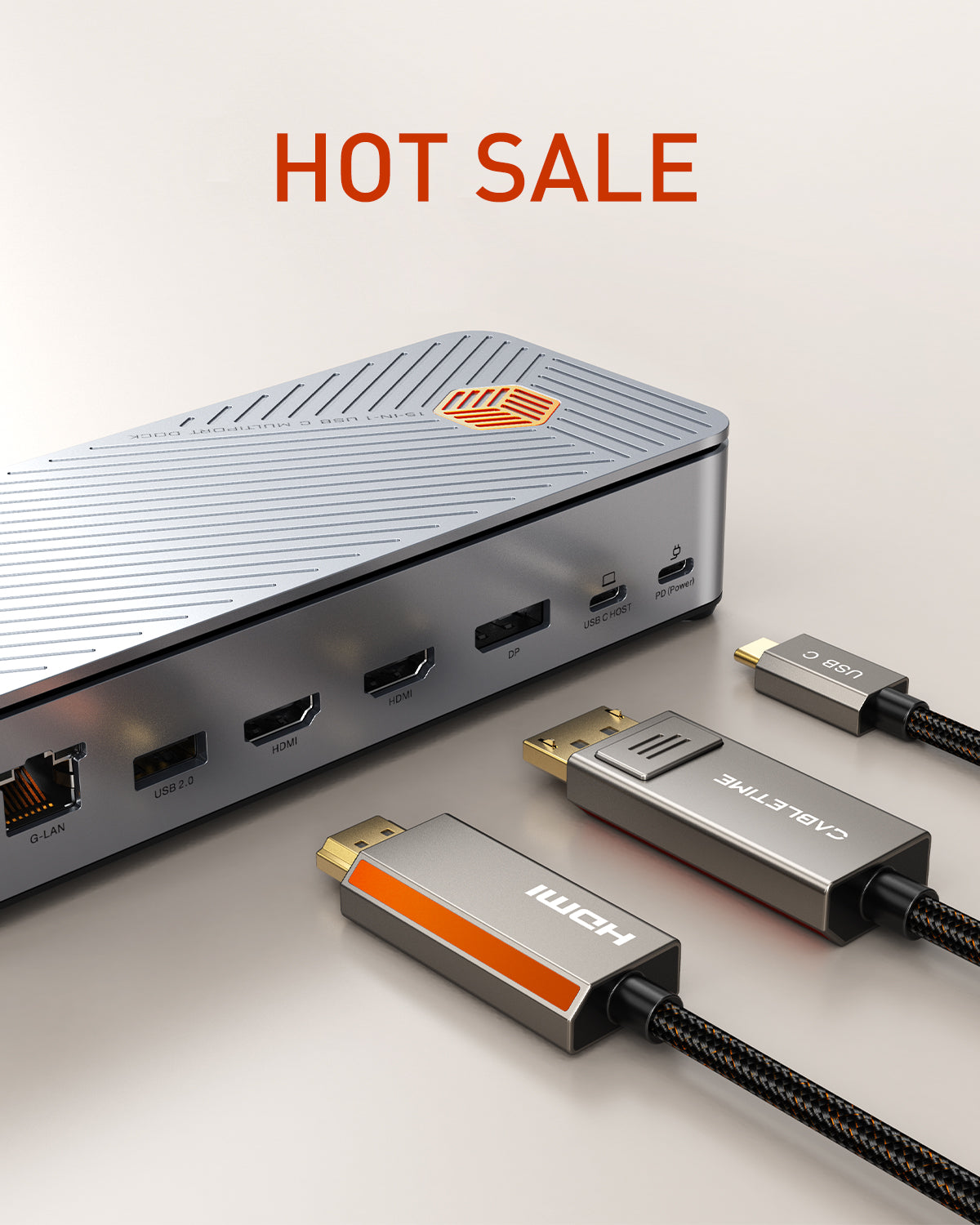
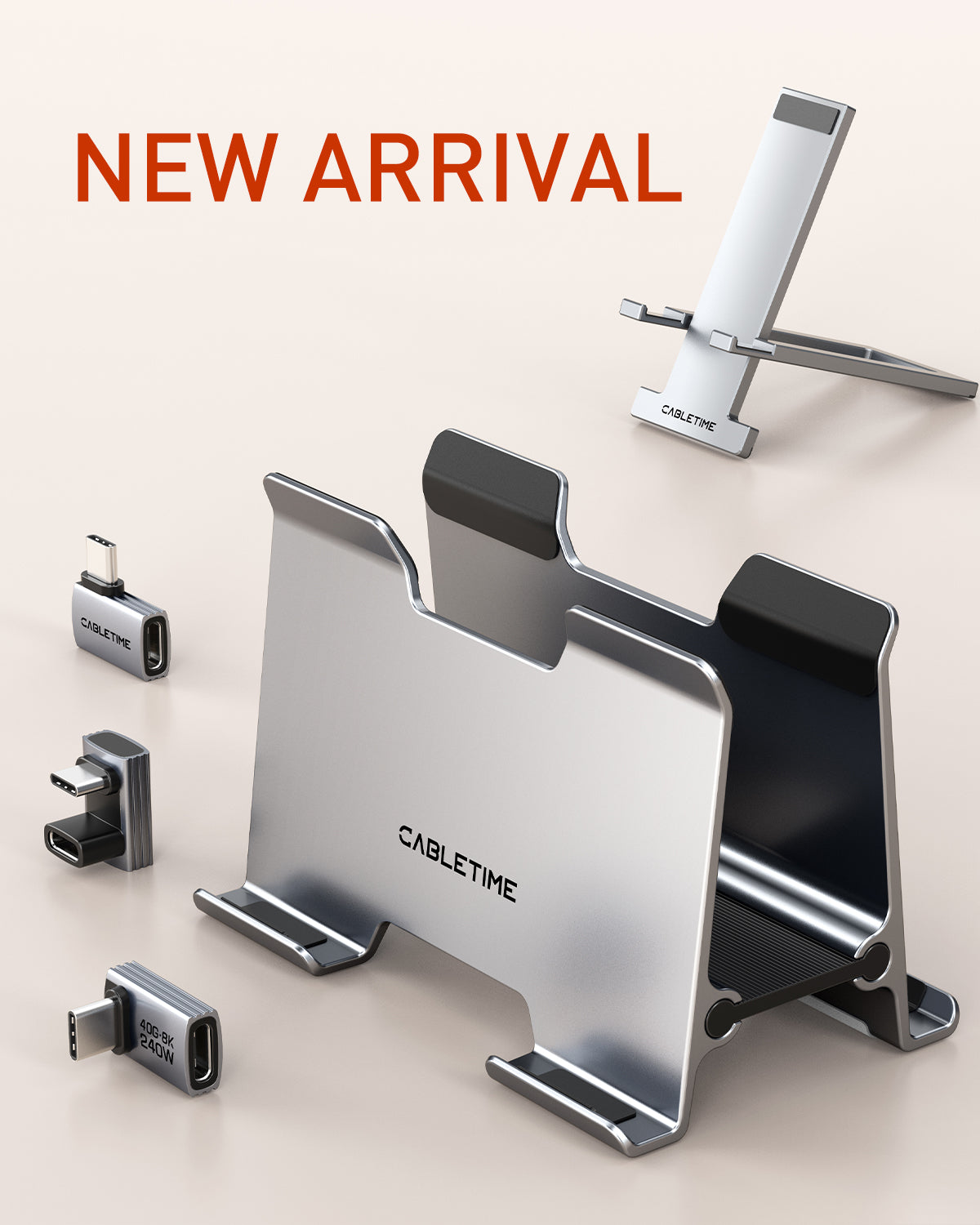
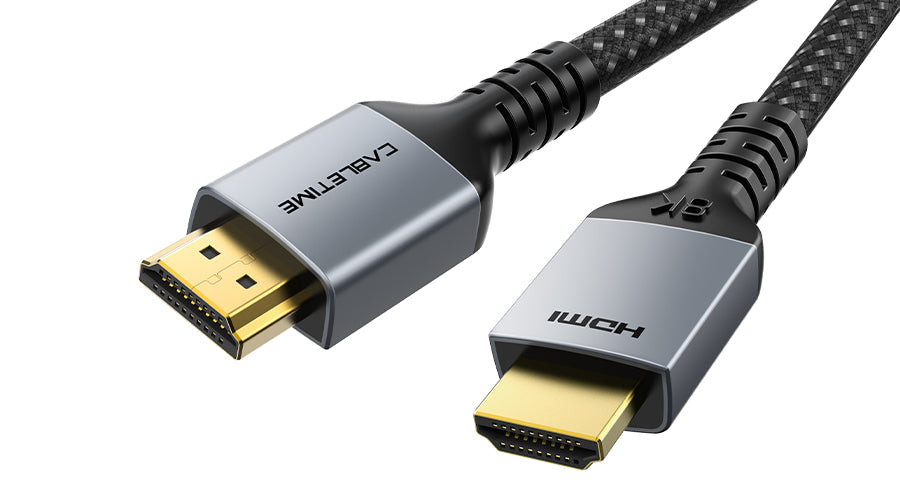
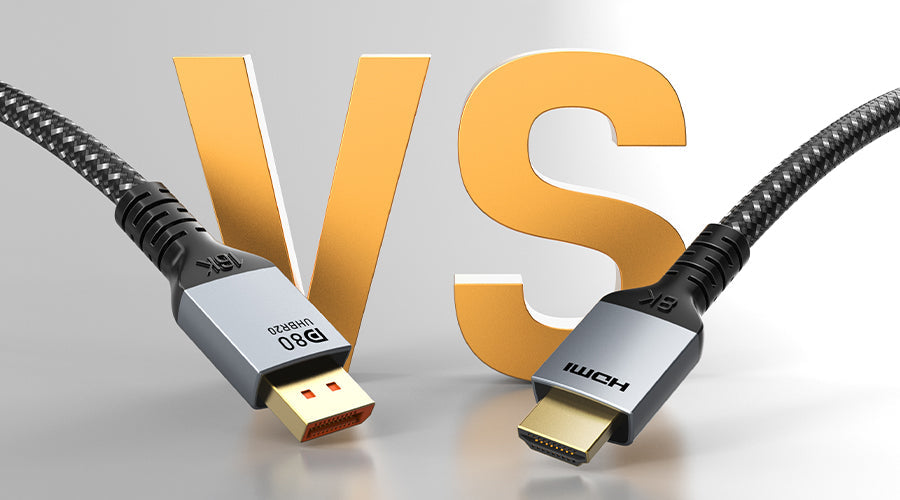
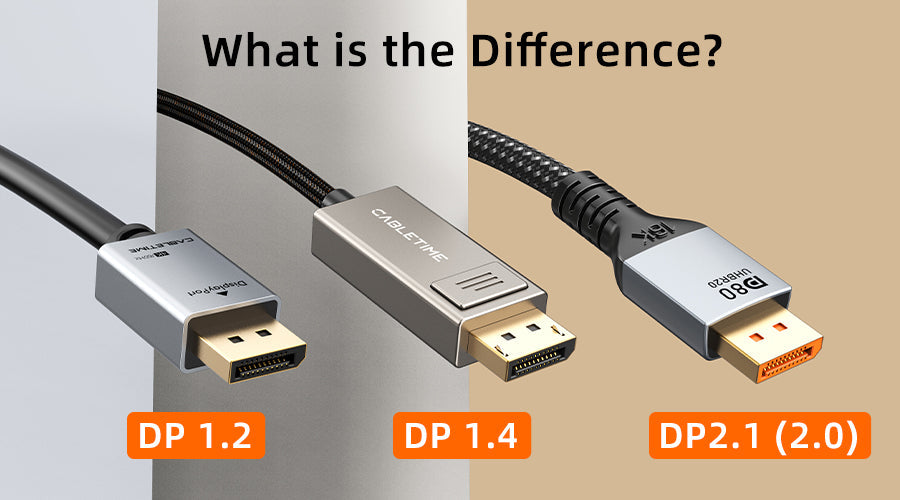
Leave a comment
This site is protected by hCaptcha and the hCaptcha Privacy Policy and Terms of Service apply.